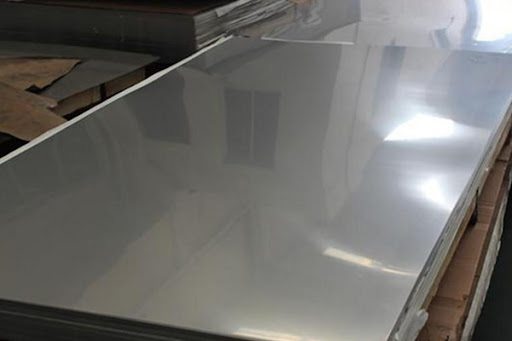In modern industry and construction, stainless steel is highly favored for its excellent corrosion resistance and aesthetic appeal. However, stainless steel is not entirely immune to rust. Under certain conditions, it can still corrode.
Why is Stainless Steel Rust-Resistant?
Stainless steel's rust resistance is primarily due to its chromium content, which is at least 10.5%. When chromium reacts with oxygen in the air, it forms a thin, stable layer of chromium oxide on the surface. This film acts as a protective shield, preventing further oxidation and rust.
Additionally, stainless steel often contains other alloying elements such as nickel, molybdenum, and nitrogen, which further enhance its corrosion resistance. Different alloy compositions allow stainless steel to adapt to various harsh environments, such as marine-grade stainless steel (316), which contains more molybdenum to increase resistance to chlorides.
Conditions That Can Cause Stainless Steel to Rust
Despite its excellent anti-corrosive properties, stainless steel can rust under certain conditions:
Exposure to Chlorides: Stainless steel can corrode in environments containing chlorides, such as saltwater or areas with road salt.
Mechanical Damage: Scratches or cuts to the protective chromium oxide layer can expose the underlying steel to oxygen, leading to rust.
Harsh Environments: Extremely aggressive conditions, such as acidic or industrial environments, can degrade the protective layer.
Improper Maintenance: Lack of proper cleaning and maintenance can allow contaminants to compromise the protective layer.

Preventing Rust on Stainless Steel
To ensure the anti-corrosive properties of stainless steel, here are some effective maintenance tips:
Regular Cleaning: Keep the stainless steel surface clean to prevent long-term buildup of contaminants.
Appropriate Material Selection: Choose the right grade of stainless steel for the environment. For example, use 316 stainless steel in marine environments due to its higher molybdenum content.
Maintenance: Regularly inspect and maintain stainless steel components, promptly repairing any damage to the protective layer.
Conclusion
Stainless steel, with its excellent rust resistance, is widely used in various fields. However, it can still corrode under certain conditions. Understanding the principles of stainless steel rust resistance and employing appropriate maintenance techniques can maximize its anti-corrosive properties and extend its lifespan. Selecting the right stainless steel material and performing regular cleaning and maintenance are key to ensuring the durability of stainless steel.
Through this in-depth analysis, we hope to help you better understand and utilize stainless steel, ensuring it performs optimally in all environments.
Keywords: Stainless steel rust prevention, stainless steel maintenance, stainless steel corrosion resistance, stainless steel cleaning, stainless steel material selection
